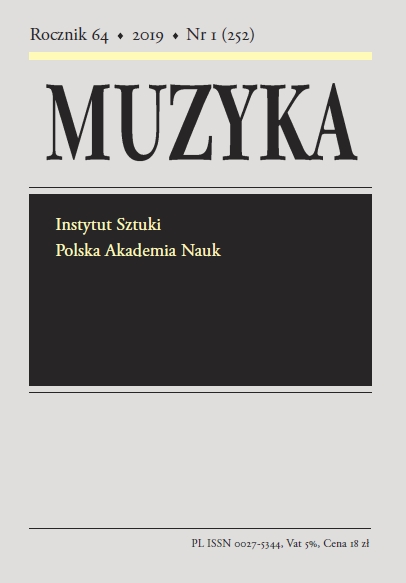Originality and Influence: Charles Gröll’s Role in the Invention of the Double-Action Harp
Originality and Influence: Charles Gröll’s Role in the Invention of the Double-Action Harp
Author(s): Robert AdelsonSubject(s): Music
Published by: Instytut Sztuki Polskiej Akademii Nauk
Keywords: Erard Gröll; Cousineau; harp; music instruments; Paris; London
Summary/Abstract: Sébastien Erard (1752–1831) is widely considered the father of the modern harp because of his 1810 invention of the double action, a mechanical system that allows the harpist to play in all keys and which has been used on virtually all concert pedal harps for the past two centuries. However, Erard’s double-action harp model was similar to that of the Warsaw-born artist and inventor Charles Gröll (1770–1857), who had submitted his patent in 1807, almost three years before Erard. Moreover, Erard bought the rights to Gröll’s patent prior to finalising his own. The present article clarifies Gröll’s role by placing it in the context of the evolution of Erard’s ideas.
Journal: Muzyka
- Issue Year: 64/2019
- Issue No: 1
- Page Range: 3-21
- Page Count: 19
- Language: English

